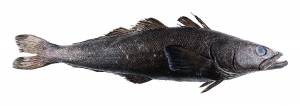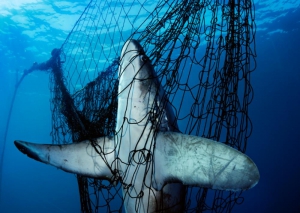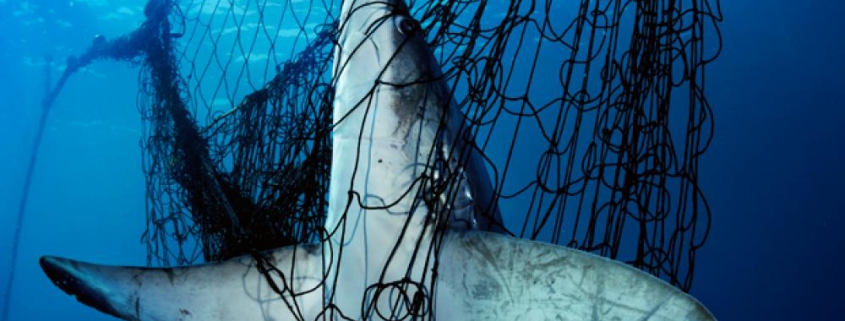Crime on the High Seas: How Organized Crime Could Hinder a Sustainable Ocean Economy
By John Proefrock, SRC Intern
When you think of organized crime your mind probably drifts towards the mafia and cartel or the dramatized versions of these organizations that show up in TV shows and movies. So, it may come as a shock to some that there is a direct threat from organized crime to the future of a sustainable ocean economy. Organized crime in the fisheries industry isn’t a new issue, even Al Capone utilized the commercial fishing industry to smuggle rum during prohibition (Ensign, 2001), but there is a lack of awareness on the international stage to the danger that crime organizations can have on maritime industries. The goal of Witbooi et. al. (2020) is to provide the current state of knowledge on organized crime in the fisheries sector so that the information can be distributed and acted on by nations which have a vested interest in the growth of a safe and sustainable ocean economy.
Organized crime on the sea is not as lighthearted as The Pirates of the Caribbean would have you believe. These organizations indiscriminately use illegal fishing practices to obtain copious amounts of sea life. The illegal catch is then sold on the market to unsuspecting consumers using fraudulent documentation, often undercutting the ethically sourced seafood and perpetuating the cycle of harmful practices. One example of such an operation is the case of The Viking, a ship that was detained in Indonesian waters by the Indonesian Navy. This ship was illegally catching and selling Patagonian Toothfish, Dissostichus eleginoides. The operators of the ship were utilizing illegal gillnets, the most discarded fishing equipment in the commercial sector, meaning that many end up entangling whales and other large sea fauna (Shester et. al, 2011). Use of nets over 2.5km long is punishable by 5 years in jail and a fine up to $150,000 US dollars. These fishermen also reported to a organizer who profited from the illegal sale.

A Patagonian Toothfish: Dissostichus eleginoides Source: https://commons.wikimedia.org/wiki/File:Toothfish.jpg
Aside from fisheries violations, organized crime on the ocean also encompasses fraud, money laundering, smuggling/drug trafficking, corruption and forced labor. The challenge associated with dealing with this wide variety of issues boils down to a couple main points. The first is a lack of national prioritization due to a lack of information and the difficulty associated with investigating claims of illegal activity. There is also the issue of unclear jurisdiction, or who can actually act on crime that has been observed and a lack of capacity and skillset of law enforcement to deal with organized crime on the high seas.

A pelagic thresher shark, Alopias pelagicus, killed after getting caught in a gill net.
Source: https://ocean.si.edu/ocean-life/sharks-rays/good-bye-gillnet-hello-shark-recovery
Positive developments in this field would include the strengthening of international cooperation to create a wide-sweeping net of jurisdiction so that no illegal operation flies under the radar, with a constant exchange of information and intelligence. Training the law enforcement agencies to deal with this specific breed of crime would also prove beneficial to the future of sustainable fisheries. These steps can ensure the future of our oceans and a sustainable maritime economy.
Work Cited:
Ensign, Eric S. Intelligence in the Rum War at Sea, 1920-1933. Joint Military Intelligence Coll Washington Dc, 2001.
Shester, Geoffrey G., and Fiorenza Micheli. “Conservation Challenges for Small-Scale Fisheries: Bycatch and Habitat Impacts of Traps and Gillnets.” Biological Conservation, vol. 144, no. 5, 2011, pp. 1673–1681., doi:10.1016/j.biocon.2011.02.023.
Witbooi, Emma, et al. “Organized Crime in the Fisheries Sector Threatens a Sustainable Ocean Economy.” Nature, vol. 588, no. 7836, 2020, pp. 48–56., doi:10.1038/s41586-020-2913-5.



